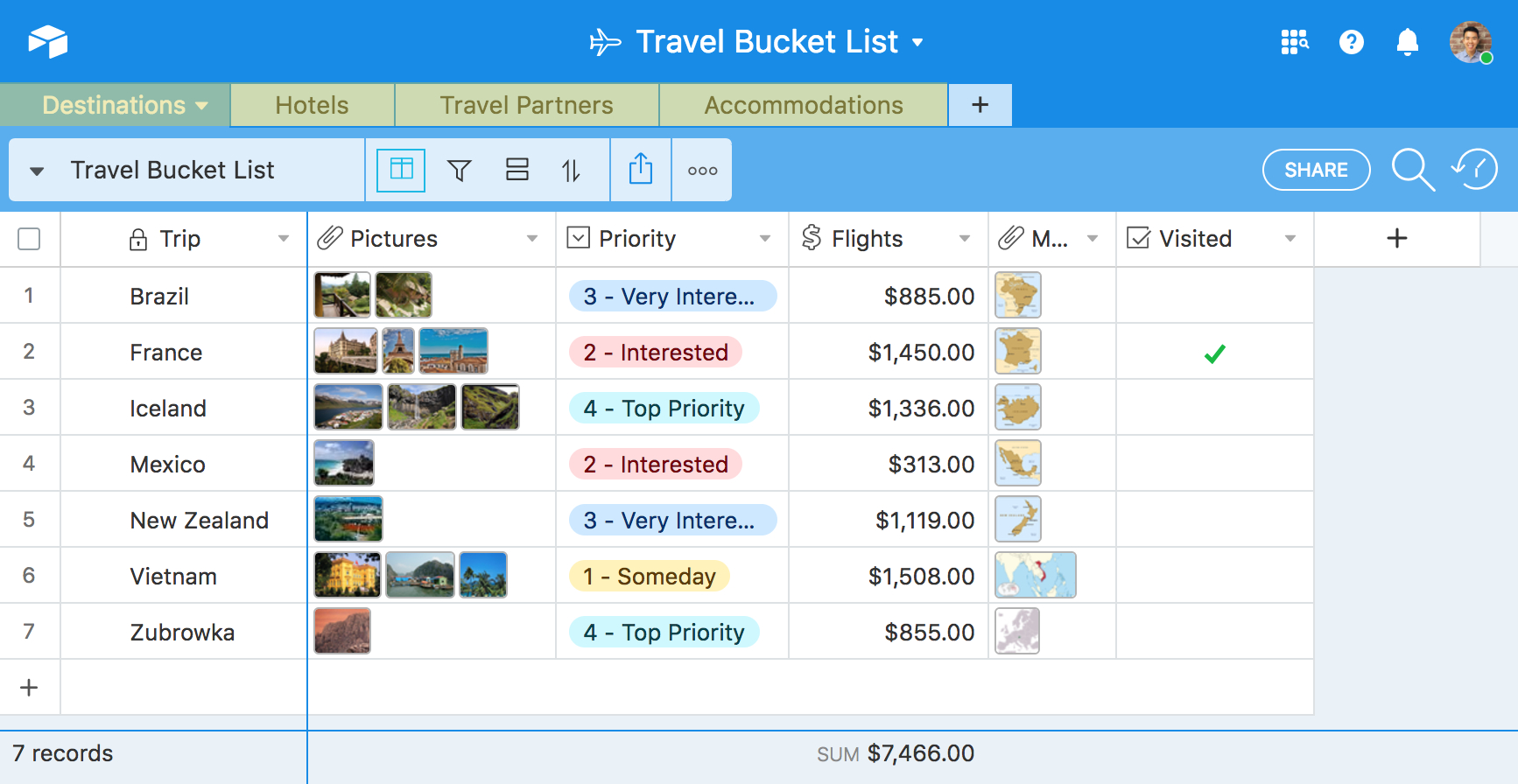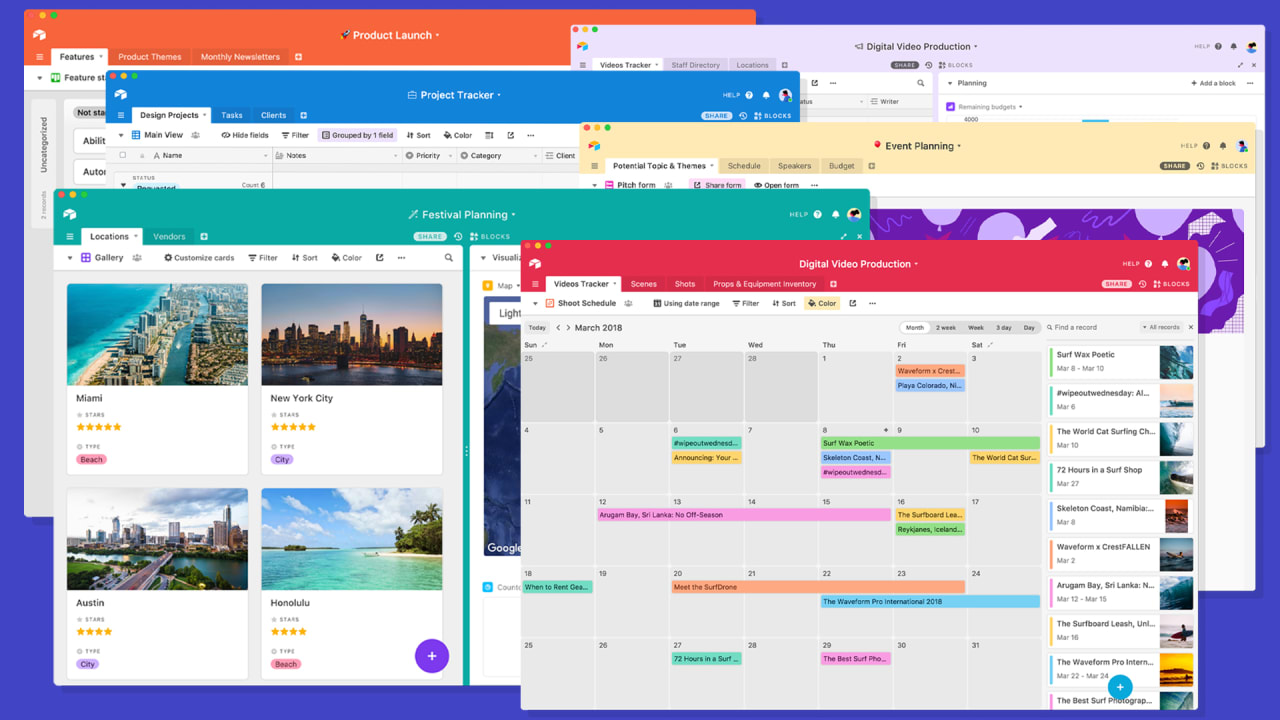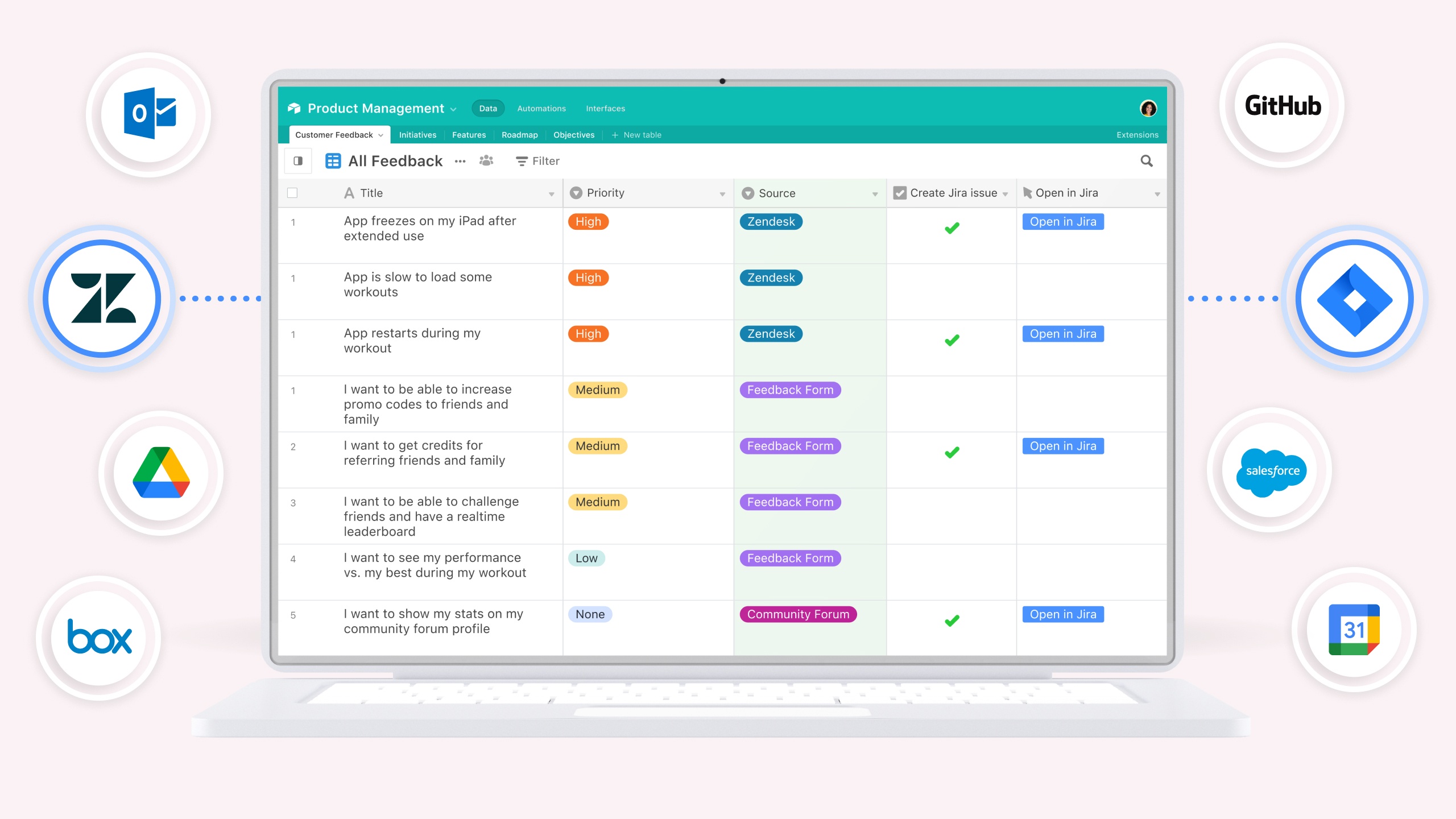

From the left pane in the Azure portal, select Azure Active Directory, select Users, and then select All users.In this section, you'll create a test user in the Azure portal called B.Simon. On the Set up Airtable section, copy the appropriate URL(s) based on your requirement.
#Airtable login download
On the Set up single sign-on with SAML page, in the SAML Signing Certificate section, find Certificate (Base64) and select Download to download the certificate and save it on your computer. These attributes are also pre populated but you can review them as per your requirements. In addition to above, Airtable application expects few more attributes to be passed back in SAML response, which are shown below. The following screenshot shows the list of default attributes. In the Sign-on URL text box, type the URL:Īirtable application expects the SAML assertions in a specific format, which requires you to add custom attribute mappings to your SAML token attributes configuration. On the Basic SAML Configuration section, the user does not have to perform any step as the app is already pre-integrated with Azure.Ĭlick Set additional URLs and perform the following step if you wish to configure the application in SP initiated mode: On the Set up single sign-on with SAML page, click the pencil icon for Basic SAML Configuration to edit the settings. On the Select a single sign-on method page, select SAML. In the Azure portal, on the Airtable application integration page, find the Manage section and select single sign-on.

Navigate to Enterprise Applications and then select All Applications.On the left navigation pane, select the Azure Active Directory service.Sign in to the Azure portal using either a work or school account, or a personal Microsoft account.To configure the integration of Airtable into Azure AD, you need to add Airtable from the gallery to your list of managed SaaS apps. Subscription Status: This feature could restrict access to only those users whose subscription or membership is active.Identifier of this application is a fixed string value so only one instance can be configured in one tenant.For example, only managers or administrators can log in unless they are designated by another manager or admin. Role-Based Access: This feature could be used to restrict access to certain users based on their role.

For instance, if you want the portal to be accessed only by employees of a particular company, you could restrict login to users with an email address. Domain-Based Access: This feature could be used to restrict access to users with an email address from a specific domain.Here are some other potential use cases for this feature:
#Airtable login verification
#Airtable login update
If you would like users to update existing records, check out our lookup extension here. This extension only allows users to create new records.


 0 kommentar(er)
0 kommentar(er)
